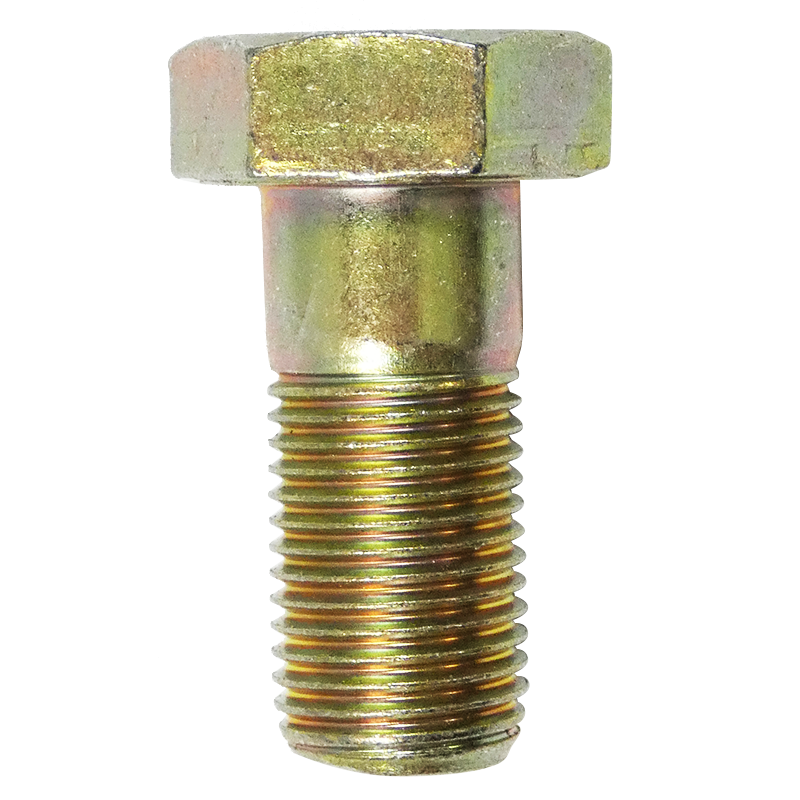One of the things I try to keep in focus when building the van/RV is that everything can/should be removable.
So... I'm really close to mounting the second-row seat in our 2023 van and I'm weighing my options in light of this issue. The real challenge / issue is that I need to remove the fuel tank to bolt it in. And I'll have to remove the water tank in the future, as well. This is an issue because it would be easy enough to really solidly bolt the seat-base in with both of those out... but then impossible to dismount / remove it without removing those two tanks in the future.
I have considered L-Track (already purchased) for this as well... but then I still have the floor through-bolted and can't be removed without removing both tanks.
The IDEAL setup would be welded nuts on the bottom of the van - just like stock Passenger seat mounts. But I'm not crazy about welding them on there... and killing all the paint and resulting in future rust.
Another possible is using VHB to tape plates and nuts down there... they'd just need to stay in place when the seat is removed. But then I'd need some way to get a wrench on them when loosening / tightening... so I'm right back where I started.
Right now, I'm leaning toward L-Track - and getting non-flanged so the floor can be removed while leaving the L-Track bolted in place.
Any other options or designs anyone can think of?
So... I'm really close to mounting the second-row seat in our 2023 van and I'm weighing my options in light of this issue. The real challenge / issue is that I need to remove the fuel tank to bolt it in. And I'll have to remove the water tank in the future, as well. This is an issue because it would be easy enough to really solidly bolt the seat-base in with both of those out... but then impossible to dismount / remove it without removing those two tanks in the future.
I have considered L-Track (already purchased) for this as well... but then I still have the floor through-bolted and can't be removed without removing both tanks.
The IDEAL setup would be welded nuts on the bottom of the van - just like stock Passenger seat mounts. But I'm not crazy about welding them on there... and killing all the paint and resulting in future rust.
Another possible is using VHB to tape plates and nuts down there... they'd just need to stay in place when the seat is removed. But then I'd need some way to get a wrench on them when loosening / tightening... so I'm right back where I started.
Right now, I'm leaning toward L-Track - and getting non-flanged so the floor can be removed while leaving the L-Track bolted in place.
Any other options or designs anyone can think of?









